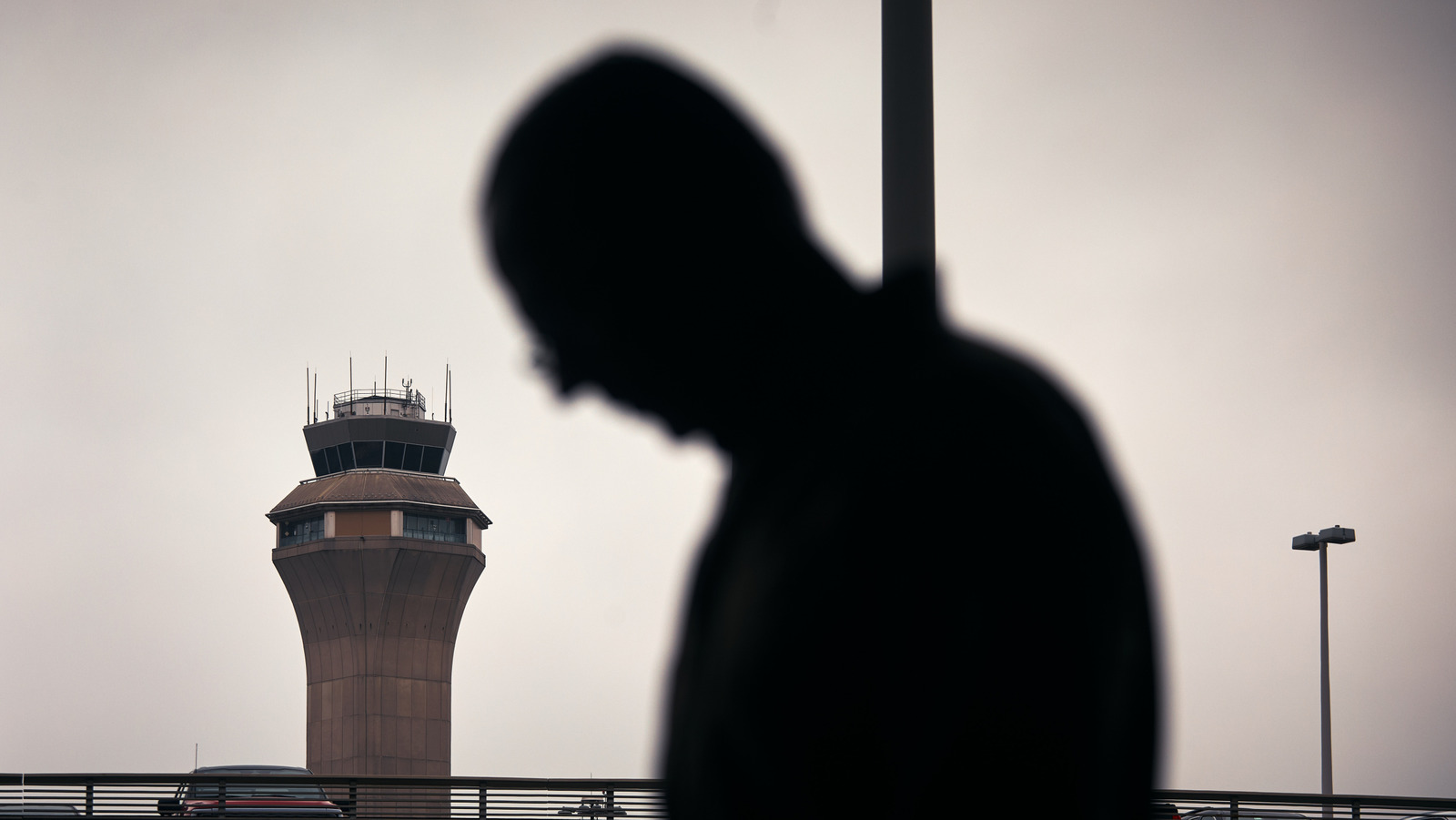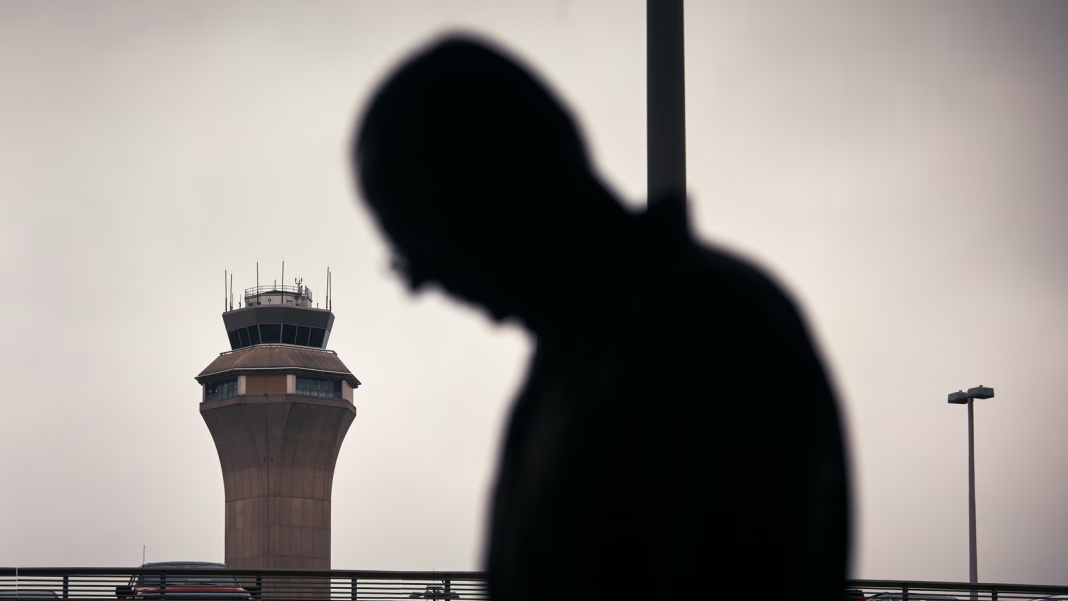Imagine this: it’s a bustling Monday night at Newark Liberty International Airport, one of the busiest airports in the United States. Suddenly, a tech outage hits, causing chaos and confusion. Flights are delayed, passengers are stranded, and the air traffic control tower is left with a daunting challenge. But amidst the turmoil, one air traffic controller steps up to manage all the flights at Newark for a solid three hours. That’s right—just one person overseeing the entire operation.
How Did This Happen?
Air traffic control is typically a team effort, with multiple controllers working together to ensure the safety and efficiency of air travel. However, on that particular night, a significant tech failure meant that the usual systems were down, leaving one controller to juggle the responsibility of managing all incoming and outgoing flights. This scenario raises some important questions about the resilience of our air traffic systems and the individuals who operate them.
The Impact of Tech Outages on Air Travel
Tech outages in air traffic control can lead to widespread disruptions. According to the FAA, even minor technical issues can result in delays and cancellations that ripple through the entire air travel network. In this instance, hundreds of flights were affected, leaving passengers frustrated and anxious. The reliance on technology in air traffic management is crucial, but what happens when that technology fails?
This incident highlights the importance of having skilled personnel who can adapt quickly in high-pressure situations. The air traffic controller who managed Newark’s flights during the outage demonstrated remarkable composure and expertise. It’s a testament to the training and dedication of air traffic controllers, who often work under intense pressure to ensure safety.
What Can We Learn from This Incident?
This situation serves as a reminder of the need for robust contingency plans in air traffic management. While technology plays a vital role in modern aviation, human oversight remains irreplaceable. Here are a few takeaways:
1. **Training and Preparedness**: The ability to handle unexpected situations is crucial. Continuous training and simulation exercises can help controllers prepare for tech failures and other emergencies.
2. **Backup Systems**: Airports and air traffic control centers should invest in reliable backup systems that can kick in during outages. This could minimize disruptions and ensure that operations can continue smoothly.
3. **Communication is Key**: Clear communication between air traffic control, airlines, and passengers is essential during disruptions. Keeping everyone informed can help manage expectations and reduce frustration.
4. **Recognizing Human Effort**: The dedication of air traffic controllers often goes unnoticed. Their ability to maintain safety and efficiency, especially during crises, deserves recognition and respect.
The Big Picture
The reality is that while technology enhances air travel, it’s the human element that truly keeps the skies safe. The air traffic controller who managed Newark’s flights for three hours during a tech outage exemplifies the resilience and skill of aviation professionals.
The big takeaway? Air travel isn’t just about advanced technology—it’s about the people who operate it. Next time you’re at an airport, take a moment to appreciate the hard work behind the scenes. A single person can make a world of difference, especially in a crisis. So, the next time you face a delay or cancellation, remember the unsung heroes working tirelessly to keep you safe in the skies.


